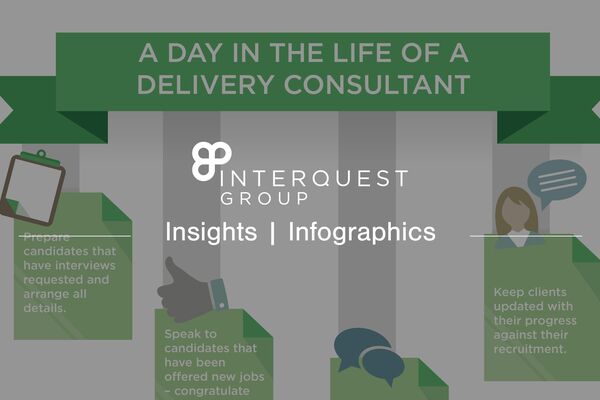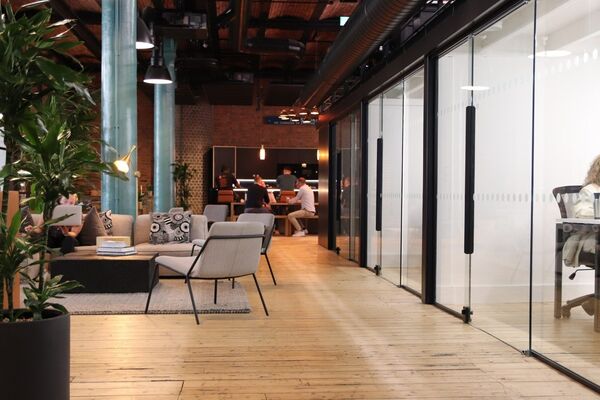What are Dark Patterns in UX?
Pubished 18th April 2019
User Experience is constantly changing. We want to stay in the loop. To ensure this happens it’s crucial to be constantly open to learning about new trends. At the moment ‘Dark Patterns’ is being thrown around and we wanted to learn more.
Did you miss? Ethics in digital: UX with an ethical conscience
We asked Harry Brignull (Head of User Experience at Smart Pension) to give us an introduction. “Dark patterns are manipulative techniques that take advantage of vulnerable consumers. There has been a huge rise of dark patterns in the 21st century. Frankly, this is quite depressing. Without effective regulation, they're not going away anytime soon.”
We don’t pretend to know everything about UX, with that being said we are in the fortunate position where we can call up professionals and ask them. So that’s what we did. Flavio Lamenza (Senior User Experience Designer at Vodafone) was also nice enough to talk to us.
How do you define ethical design? What’s the purpose of it?
Good question. Let’s start with the definition of ethics: “the discipline dealing with what is good and bad and with moral duty and obligation”. If ethical design is made with the intent to do good, and unethical design is what's bad, then... what is good and bad? For example, the candy and sweets industry: is it good because it brings joy and happiness to us and our kids, or is it bad because it makes humans fat and damages our teeth?
Take the Soft Drinks industry: is it ethical because they inform us with the amount of sugar per drink, or unethical because they don't mention other types of included sugars (artificial sweeteners such as aspartame)? I've also seen a fluorescent pink ice lolly advertised as "No artificial colours, flavours or preservatives."... yeah right...
In my opinion, ethical design is about being honest. We should always tell users the truth. Why is Facebook so involved in discussions and present in court? Because they are simply not telling the truth in regards to using our data. Facebook didn't tell users the truth and are now paying the price for being an unethical company. Amazon, on the other hand, is achieving great success and disrupting the whole shopping industry because they are extremely honest with their users. At Amazon I know exactly what I'll get and if I don't (because of a seller not selling well) they will refund me, no questions asked.
Ethical design is subjective, but how do you personally measure the best outcomes?
You can measure the best outcomes with the energy and engagement of the team. If your team truly believes in the company, in the ethos, culture and vision, then, most likely we are looking at an ethical company with an ethical design culture.
Look for employees mocking managers, odd internal culture, no roadmap and employees churning. This might be the case of a poor ethical company with unethical senior leadership team aiming and caring for money/revenue/profit margins only. In this type of business you might see decisions being made with total disregard to the user experience aiming for toxic revenue.
In a larger design team, how do you overcome difference in opinion in terms of ethics?
Empathising with the user, with your colleagues and with managers. Challenging your colleagues to think differently, if it's the case. Dark Patterns is a buzzword that has been thrown around a lot recently. It’s one thing to have heard it, but to understand it? What are the actual implications? We’ve been exposed to the word but what does it actually entail?
Dark Patterns are a huge buzzword at the moment, what are your views on this? What is the worst example you’ve heard of?
"Dark patterns" is just an iteration of dishonesty. If a business is tricking, lying, cheating, deluding and/or providing misleading information to get more money from the user, we can use many new buzzwords as we want, but in essence this business is only being dishonest and corrupt.
The worst examples are in many comparison websites applying sense of urgency, requiring users to create an account to show the deal, and even communicating to the user that the opportunity was missed "You missed it". Shocking...
What does the future hold for ethical design?
Design is not only about how it looks, but how it works, how it makes someone feel and how it can change a person's life. How do you want to change someone's life? If it's for the good, then it's a great start already.
So, there you have it.


